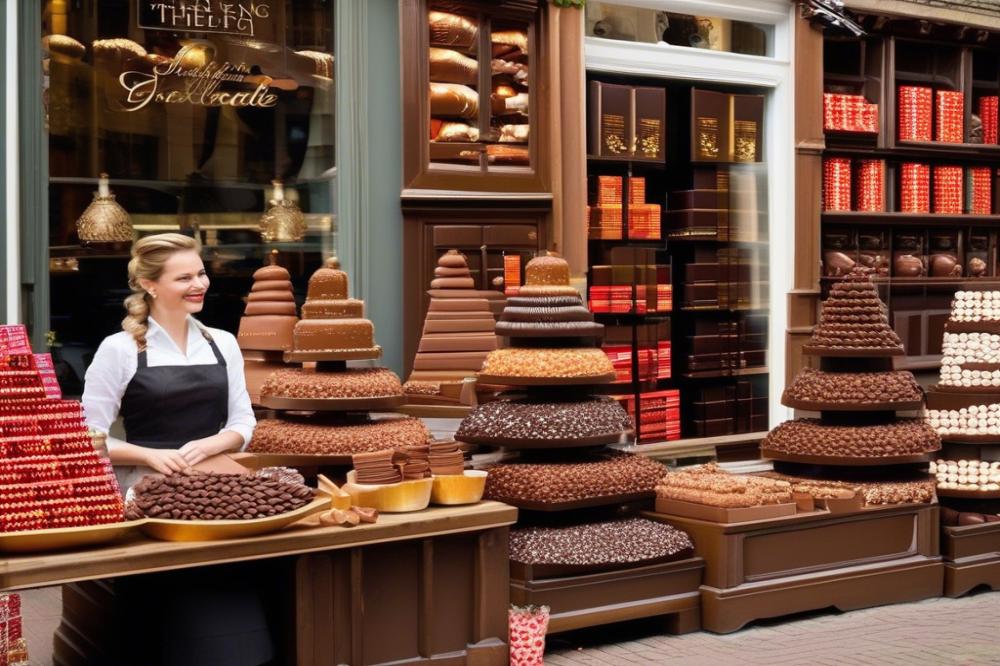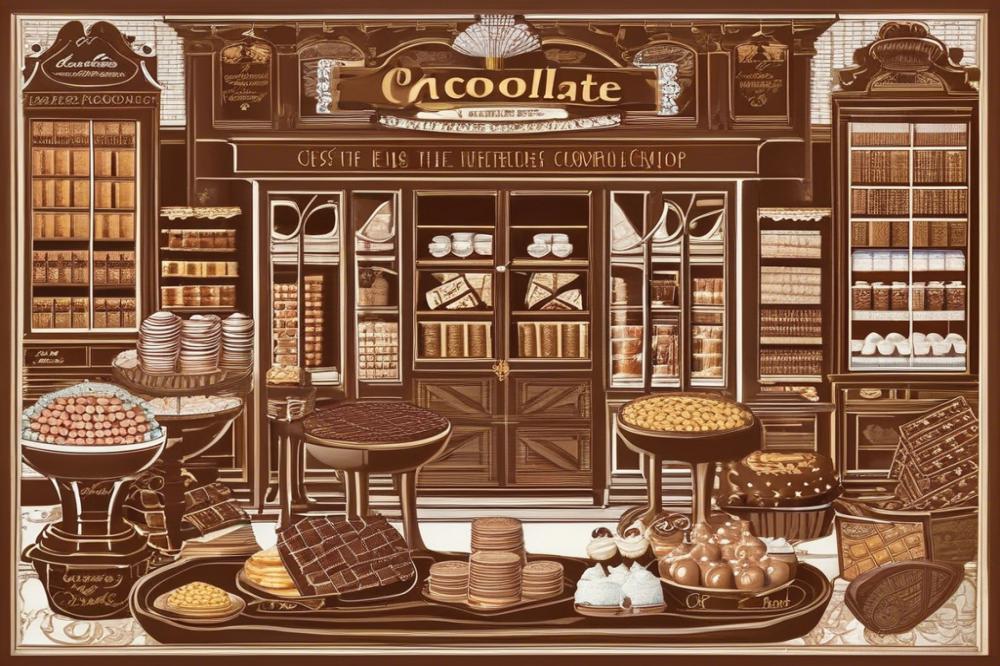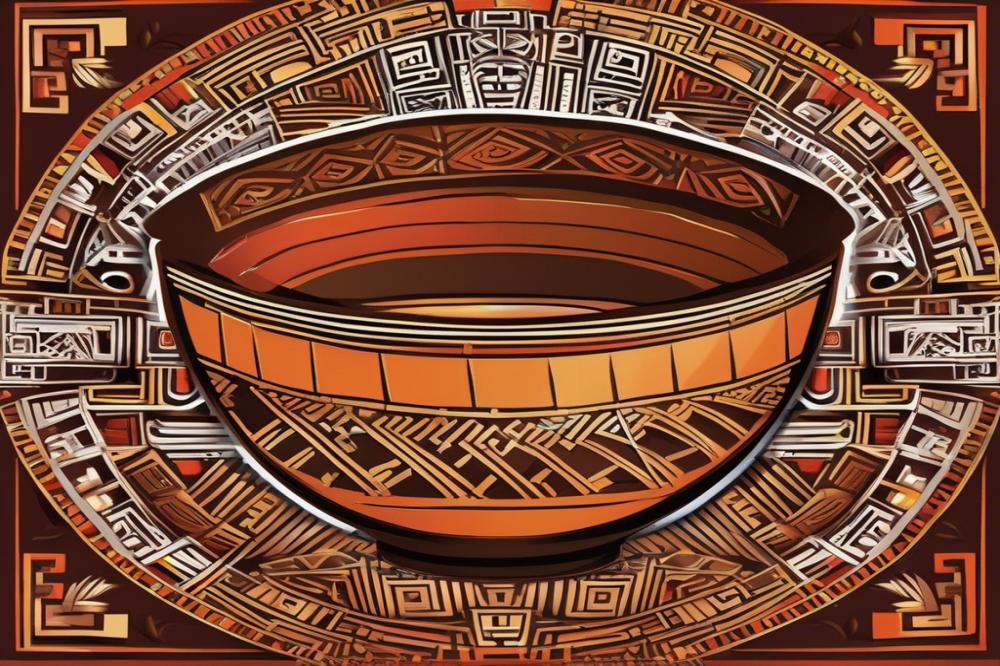Introduction
The Netherlands stands out as one of the world’s top chocolate consuming countries. This small nation has a remarkable love for cacao, which is evident in its high per capita consumption. Supermarkets and sweet shops are filled with various chocolate delights, reflecting the country’s deep appreciation for this treat. Chocolate is not just a snack; it plays an essential role in Dutch culture, marking celebrations, holidays, and everyday moments alike.
Economically, the chocolate industry contributes significantly to the Dutch economy. With strong manufacturing capabilities, companies in the Netherlands are major players in the global cocoa trade. Various brands are recognized worldwide, and the nation is a crucial hub in the processing of cacao beans. This thriving sector not only creates jobs but also strengthens ties with producing countries.
To fully grasp the Netherlands’ connection to chocolate, one must also explore its colonial history. The Dutch East India Company was instrumental in establishing trade routes that brought cacao from the tropics to Europe. Colonialism played a pivotal role in shaping agricultural practices in these cacao-producing regions. The legacy of this trade continues to influence modern consumption patterns and cultural heritage in the Netherlands today.
Through globalization, chocolate from diverse regions has found its way to Dutch shelves. Each bar or truffle consumed carries a story, linking consumers to far-off places. Understanding the intertwined narratives of consumption and colonialism reveals how deeply chocolate is embedded in the Dutch experience. It is a reminder of a complex past, where pleasure and history collide.
The Historical Context of Dutch Chocolate

The story of chocolate in the Netherlands begins with the Dutch East India Company, founded in the early 1600s. This powerful trading company was instrumental in cacao trade. They established routes to various colonies, bringing cocoa beans to Europe for the first time.
Colonial influences shaped cacao cultivation in the Caribbean and South America. Dutch traders maintained plantations in these regions, relying heavily on the labor of enslaved people. The production of cacao became intertwined with the colonial economy, leaving a lasting impact on agriculture and local cultures.
As global trade expanded, chocolate consumption steadily grew in the Netherlands. Chocolate moved from being an elite beverage to a popular treat among all classes. The spread of chocolate also coincided with the rise of chocolate manufacturing. Factories sprang up to produce sweetened chocolate products, making them more accessible than ever.
Colonialism generated distinct chocolate consumption patterns. Wealth patterns shifted, and with them, the ways people enjoyed cocoa. Chocolate rituals evolved, incorporating flavors and preparations from colonized regions. Consequently, the rich heritage of chocolate in the Netherlands reflects its colonial past.
Trade dynamics continued to influence the price and availability of cocoa. European demand for chocolate surged, further embedding cocoa in European culture. The rise of globalization also tied the Netherlands to the broader chocolate market, emphasizing its role as a key player in the sweet industry’s history.
Cacao to Cocoa: The Transformation Process

The journey from cacao to cocoa involves several steps. First, the cacao pods are harvested from the cacao tree, a plant that thrives in tropical climates. The beans inside these pods have a rich, bitter taste. After harvesting, the beans must undergo fermentation. During fermentation, natural processes develop the flavor, transforming the beans into something that can be further processed.
Drying follows fermentation. Sunlight helps reduce moisture content in the beans. The next phase is roasting, which enhances the flavor. Roasting also makes it easier to remove the outer shell of the bean. Once shelled, the nibs are ground into a liquid known as chocolate liquor. Some might find it surprising that this liquor contains no alcohol.
Dutch innovations in cocoa manufacturing
In the 19th century, the Netherlands played a significant role in changing how cocoa was processed. Innovations emerged from Dutch chocolate manufacturing that hurt the competition. The Dutch East India Company had a hand in this transformation by controlling cacao trade routes. This led to enhanced techniques such as Dutch processing. With this method, alkali is used to treat the beans.
The result produces cocoa powder that has a milder flavor and darker color. This transformation opened the door for making chocolate more palatable and accessible. Greater accessibility led to an increase in its consumption throughout Europe. Changes in production also allowed chocolate to evolve into a luxury item enjoyed by many.
The importance of cocoa in the global market
The world market for cocoa is large and complex. Cacao is one of the most traded commodities globally. Many countries rely on cocoa for economic stability. Farmers in West Africa, for example, play a crucial role in this trade. They grow cacao beans that end up as cocoa products in bars and confections around the world.
Globalization has expanded cocoa’s reach, affecting consumption habits across different cultures. In the Netherlands, the cultural heritage surrounding chocolate has deep roots. This legacy dates back to colonialism when cacao was introduced to Europe. Today, cocoa remains vital in the global economy, linking historical complexities with modern-day pleasures.
Cultural Heritage and Chocolate Consumption
Traditional Dutch chocolate products hold a special place in the hearts of many. From rich hot chocolate to delicate pralines, these items tell stories that connect people to their past. The craft of chocolate manufacturing, deeply tied to local culture, showcases skilled artisans who blend tradition with creativity.
Various Dutch festivities often feature chocolate as a central element. Sinterklaas, celebrated in early December, brings a delightful surge of chocolate treats. Children eagerly await chocolate letters, which represent the first letter of their names. Pastry shops fill with sweet gifts during the festive season, making chocolate an integral part of this cultural moment.
Modern trends reflect a shift in consumption habits. In recent years, interest in high-quality chocolate has grown, inspired by globalization and the rise of artisanal brands. Many consumers now seek ethically sourced cocoa, pushing companies to consider their impact on agriculture in cocoa-producing countries. The connection to the past through the trade of cacao and the role of the Dutch East India Company still resonates today.
Chocolate also appears in everyday life. People enjoy chocolate bars as an easy snack, and dinners often end with a rich dessert featuring this beloved ingredient. Specialty shops thrive across cities, offering unique flavors that attract adventurous palates. Chocolate’s appeal transcends generations, binding families and communities in shared experiences.
Colloquially, chocolate is seen as a comfort food, a way to celebrate or even to soothe after a long day. Various combinations of flavors have become popular, bringing together traditional recipes and modern tastes. As the market evolves, the story of chocolate in the Netherlands continues to unfold, enriched by its complex heritage.
Globalization and the Dutch Chocolate Industry
Globalization has dramatically reshaped the cacao trade, connecting farmers in distant lands with consumers worldwide. Through the years, chocolate has evolved from a luxury item to a beloved treat, highlighting its deep roots in cultural heritage.
The Dutch East India Company played a crucial role in this transformation. Established in the 17th century, it monopolized the cacao trade, shaping Europe’s chocolate consumption patterns. As demand for cocoa surged, the company drove extraction efforts in colonized regions, often at great human cost.
Today, the chocolate industry faces significant challenges. Issues like climate change affect cacao farming, reducing crop yields. Farmers contend with market fluctuations that threaten their livelihoods. Ethical sourcing practices have emerged to address these concerns, promoting fair trade and sustainable agriculture.
In the current global market, the Netherlands stands out as a leader in chocolate manufacturing. The country is known for its expertise in processing cacao. Many major chocolate brands rely on Dutch-produced cocoa products, showcasing the nation’s pivotal role in the international chocolate trade.
At the same time, consumers are becoming more aware of the complexities behind their favorite snack. They seek chocolates that are not only delicious but also ethically produced. This shift in consumption patterns is pushing companies to adapt, embracing transparency and sustainability in their practices.
Reflecting on the Past and Looking Ahead
The history of chocolate in the Netherlands is deeply connected to colonial practices. The Dutch played a significant role in the cacao trade, especially during the 17th and 18th centuries. Their colonies in the Caribbean provided the raw materials that fueled a growing sweet tooth back home. This interplay of demand and supply shaped not only the economy but also the culture around chocolate consumption.
Today, the Dutch chocolate industry faces a new challenge. Global awareness is rising around ethical sourcing and the impact of colonial histories. More consumers are asking about the origins of their treats. As this trend grows, companies in the Netherlands must adapt. The future may see a shift towards more sustainable practices, as well as transparent supply chains. This shift could change how chocolate is viewed, transforming it from merely a treat to a symbol of responsible consumption.
Culturally, chocolate holds significance beyond its taste. It connects to traditions, celebrations, and daily comforts across the country. However, it also prompts a reflection on the responsibility that comes with each bite. Understanding the colonial history tied to cacao encourages consumers to think thoughtfully about their choices. Recognizing the past helps shape a better future for all.
As we indulge in chocolate today, it’s essential to remember its journey. We must consider where it comes from and the people involved in bringing it to our table. An informed consumer can drive change. By valuing ethical practices, individuals create a demand for fair treatment of producers worldwide. Consequently, the Netherlands can promote both rich flavors and social justice.
In conclusion, the intertwining of consumption and colonial history presents a complex tale that continues to evolve. Embracing our past enables us to savor the present while striving for a more equitable future. Let’s engage with chocolate not just as a treat, but as a reflection of our values and a catalyst for positive change.



